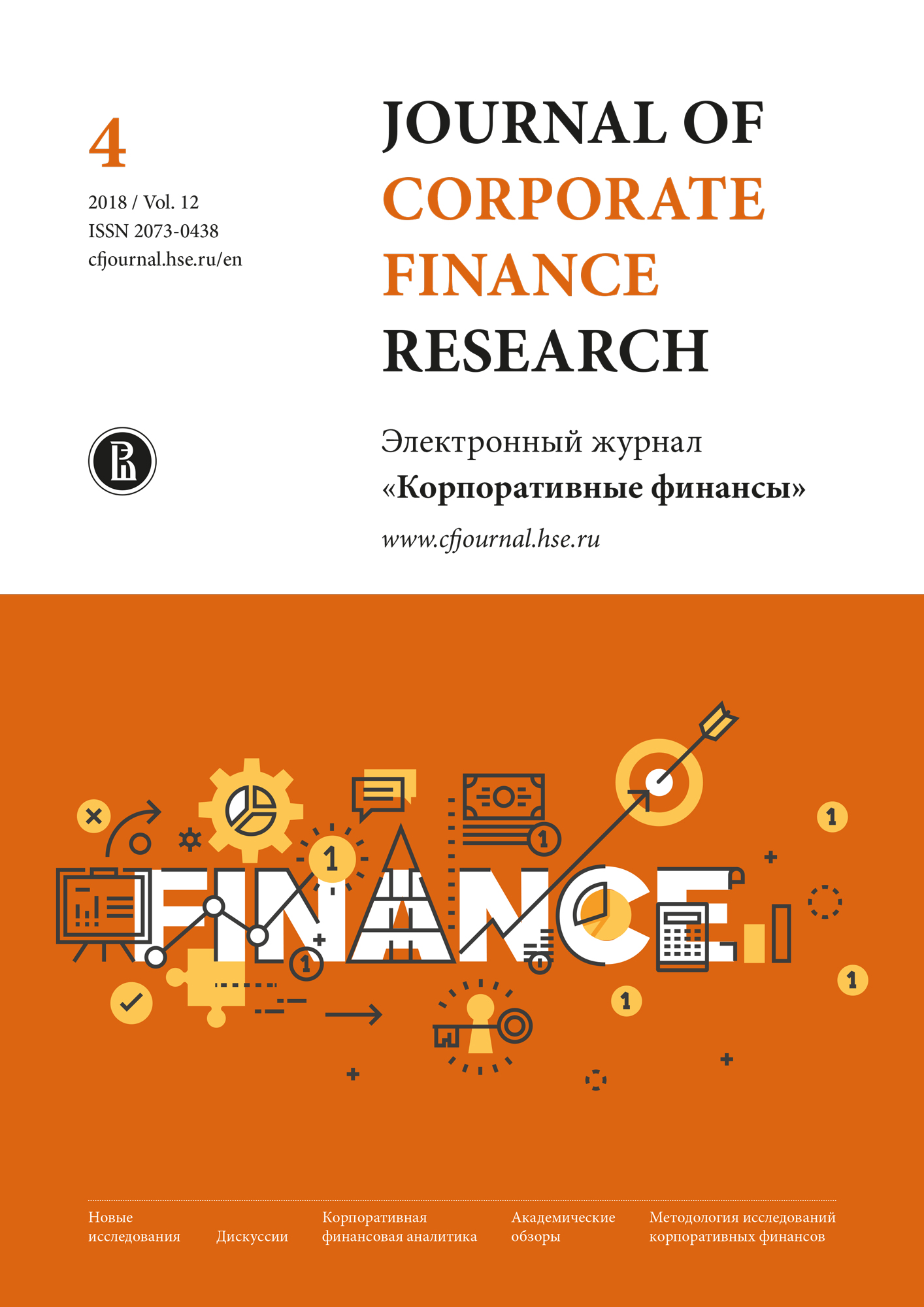Does Corporate Financial Architecture of Innovative Companies Differ? The Evidence From USA
Abstract
Each company operates within the framework of interrelated structures: ownership, corporate governance and capital structure. The particular combination of these dimensions determines the corporate financial architecture of the company. Despite the growing body of literature on the challenges of the knowledge economy to the structural dimensions of companies, still little is known about the financial architecture of innovative firms. At the same time it is widely recognized that such companies substantially differ from traditional types of businesses in their business models and dynamics. Meanwhile, the financial architecture of a company generates the distribution of the incentives to enhance innovations affecting interests and risk-sharing among stakeholders. To address the lack of research into the interaction of corporate structures and their distinct features in innovative companies, this paper aims at identifying the robust financial architecture patterns of innovative companies. Using a sample of more than 1,300 publicly traded US-based manufacturing companies, we use an agglomerative hierarchical clustering method to identify relevant patterns and compare them to the firms which are not considered to be ‘knowledge intensive’. The empirical results allow the identification of seven robust financial architecture patterns within innovative companies. Our findings show that the first major difference between the financial architecture of innovative and non-innovative firms is in the higher role of activist institutional investors in the ownership. The second notable difference is related to CEO-duality, which plays a significant role in corporate governance only in innovative firms. Moreover, innovative companies are less leveraged than non-innovative firms. In addition, mature innovative companies demonstrate better financial performance.

